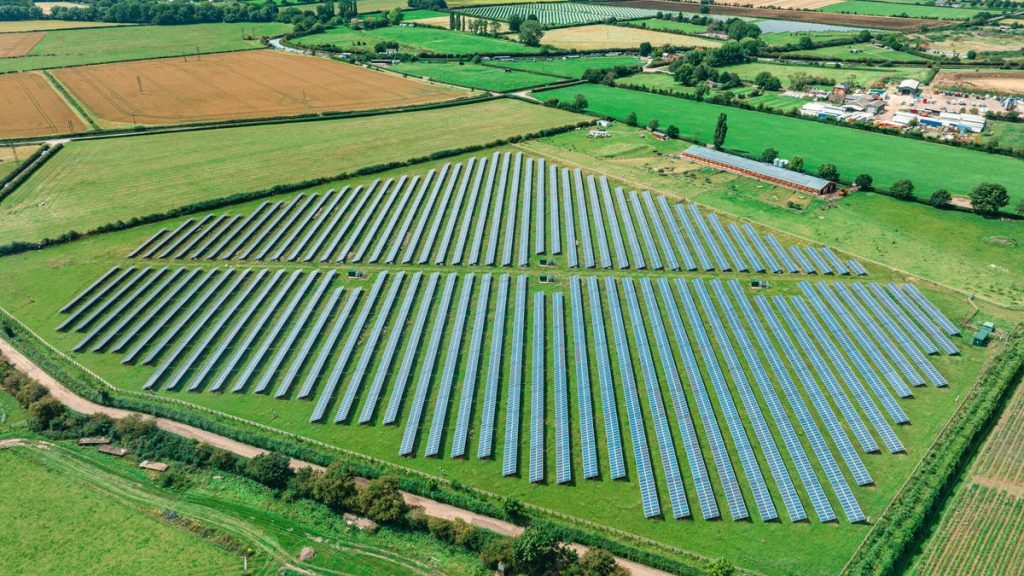Community solar is a model that allows individuals to subscribe to power produced at a large solar array located at another location in their utility’s service area. While utilities often initiate community solar projects, in some regions they might be operated by a third party. States that mandate a portion of their energy mix come from locally sourced community solar typically have more programs available. The federal government has allocated funding for programs to make it easier for low- and middle-income households to benefit from initiatives that reduce monthly energy expenses, including federal grants awarded to build Solar for All programs nationwide. However, it is important to research and compare community solar programs, as some may lead to an increase in the energy bill rather than savings.
The Solar Energy Industries Association estimates that 6.5 gigawatts of community solar have been installed in the US as of the first quarter of 2024, with projects in 41 states and Washington, DC. It is expected that the gigawatts produced through community solar will double over the next five years, indicating a growing trend towards renewable energy sources like community solar. Community solar projects are typically composed of hundreds or thousands of panels located over parking lots, brownfield sites, or warehouse roofs. The renewable energy generated is cheaper for subscribers due to subsidies and incentives from local, state, and federal governments.
A number of states have implemented laws that enable community solar programs to exist, with states like Florida, Minnesota, New York, and Massachusetts leading in terms of capacity in megawatts. Utilities and power cooperatives in some states like Florida have taken the initiative to develop community solar projects even without specific legislation. The landscape of community solar is changing rapidly, with states like New Mexico and Hawaii enacting community solar legislation, and other states introducing or considering similar legislation in their statehouses. Community solar programs are being expanded with the help of federal grants under initiatives like Solar for All, which aim to bring clean, affordable solar energy to homes in every state.
Joining a community solar program is relatively simple, requiring participants to reach out to a provider and provide their account information with their utility. Credits from community solar programs will typically show up on monthly utility bills, either as a discount or rebate, resulting in a net savings for subscribers. Community solar developers often lease land, providing an additional source of income for farmers and property owners. While community solar programs have many benefits, such as reducing energy bills and carbon emissions, there are also some drawbacks to consider, including potential confusion with billing and unfavorable pricing in certain regions.
Overall, community solar is a growing and accessible option for individuals who want to benefit from solar power but are unable to install panels themselves. With the increasing availability of community solar programs across various states, more households have the opportunity to access clean and affordable energy. By participating in community solar, individuals can contribute to reducing their environmental impact, supporting renewable energy sources, and potentially saving money on their energy bills.


